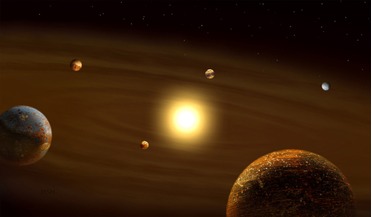 27 July 2019
Hundreds of new planet candidates detected by Kepler
27 July 2019
Hundreds of new planet candidates detected by Kepler
...in the habitable zone and 87 are in multi-planet systems – one of which is a six-planet system where all the worlds are close in to ...the authors are confident that based on data from the multi-planet systems, most if not all of the candidates will be ...
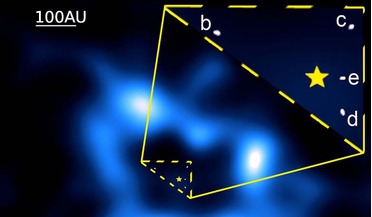 18 May 2016
Multi-planet system hints at extra planet in its cometary belt
18 May 2016
Multi-planet system hints at extra planet in its cometary belt
... from their emission spectra taken with ALMA, suggest that the planets in the system are larger than Jupiter. "This is the very first time that a multi-planet system with orbiting dust is imaged, allowing for direct comparison with...
 24 November 2021
Astronomers discover more than 350 possible new exoplanets
24 November 2021
Astronomers discover more than 350 possible new exoplanets
...in the processed data. During their search, the team identified 747 unique planet candidates and 57 multi-planet systems. Of these candidates, 366 have not been previously identified, they say. “Discovering hundreds of new exoplanets is a significant...
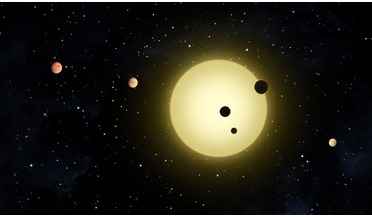 27 October 2017
Astronomers find system with six planets
27 October 2017
Astronomers find system with six planets
... orbiting their host star. It also begged the question, if we could find one system like this, could we find anymore? Finding large multi-planet systems is rather difficult. It requires stable, high-precision Doppler (radial-velocity) monitoring and...
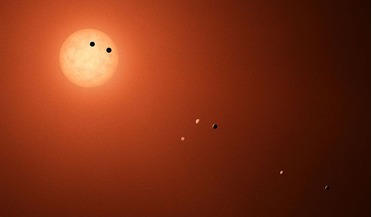 19 May 2017
Exoplanets galore and possibly the next Trappist-1 system?
19 May 2017
Exoplanets galore and possibly the next Trappist-1 system?
... and Neptune-mass exoplanets analysed data from 8 multi-planet systems to discover; one 4-planet system around HD 20781, two 3-planet systems around HD 31527 and HD 136352, and five 2-planet systems around HD 20003, HD 21693, HD 45184, HD 51608, and...
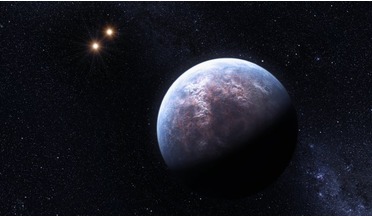 16 April 2021
Five double star systems potentially suitable for life identified by researchers
16 April 2021
Five double star systems potentially suitable for life identified by researchers
...as multi-star systems, should no longer be discounted. "Our best candidate for hosting a world that is potentially habitable is the binary system Kepler-38, approximately 3970 light years from Earth, and known to contain a Neptune-sized planet," says...